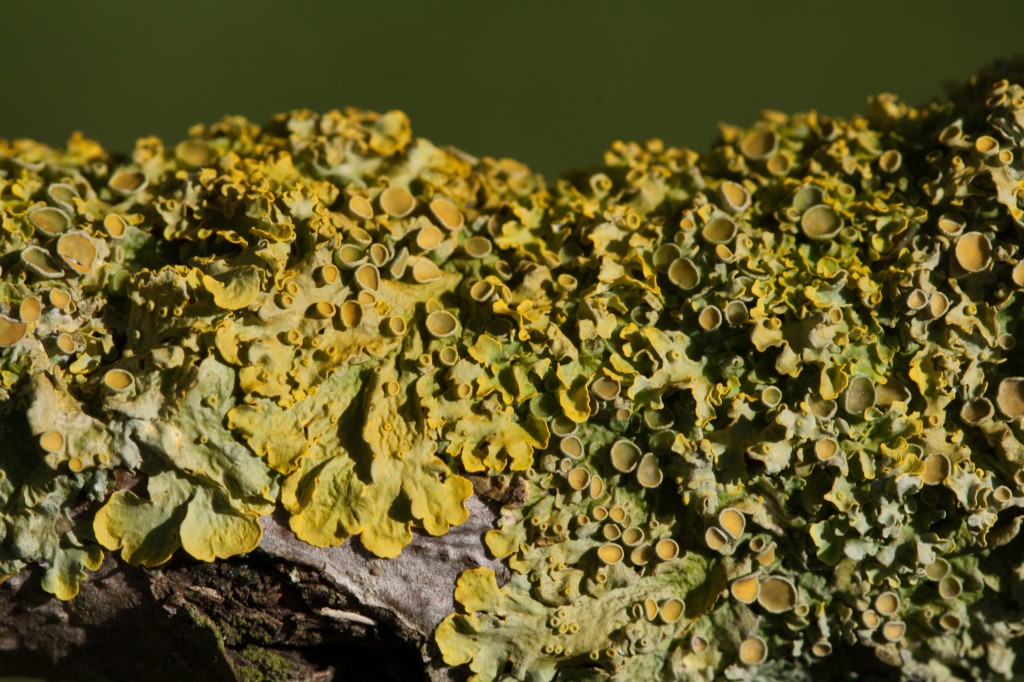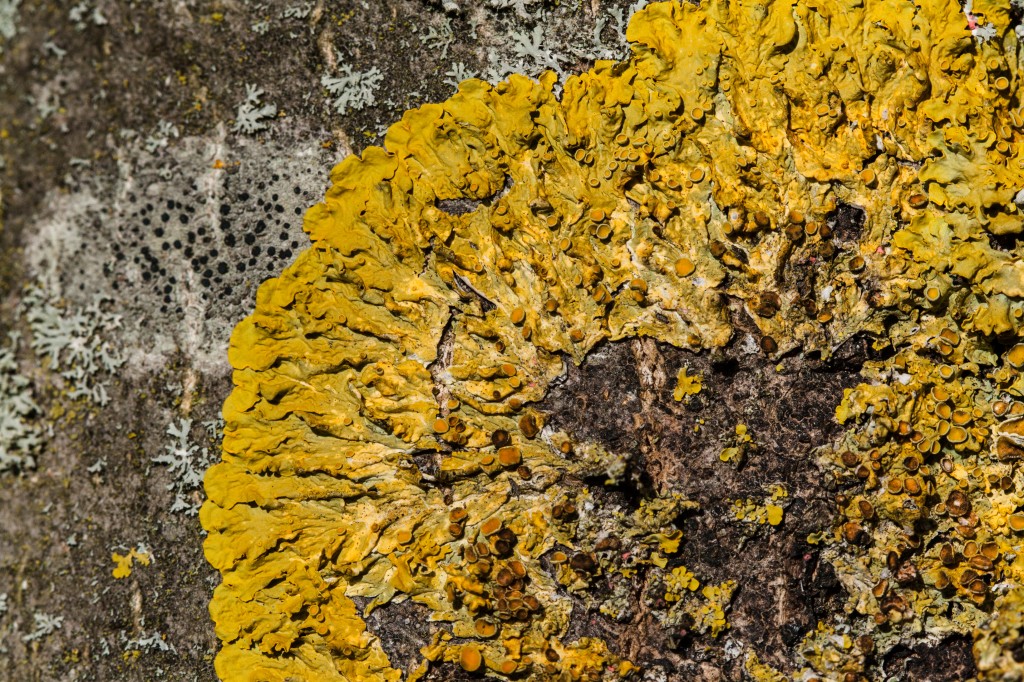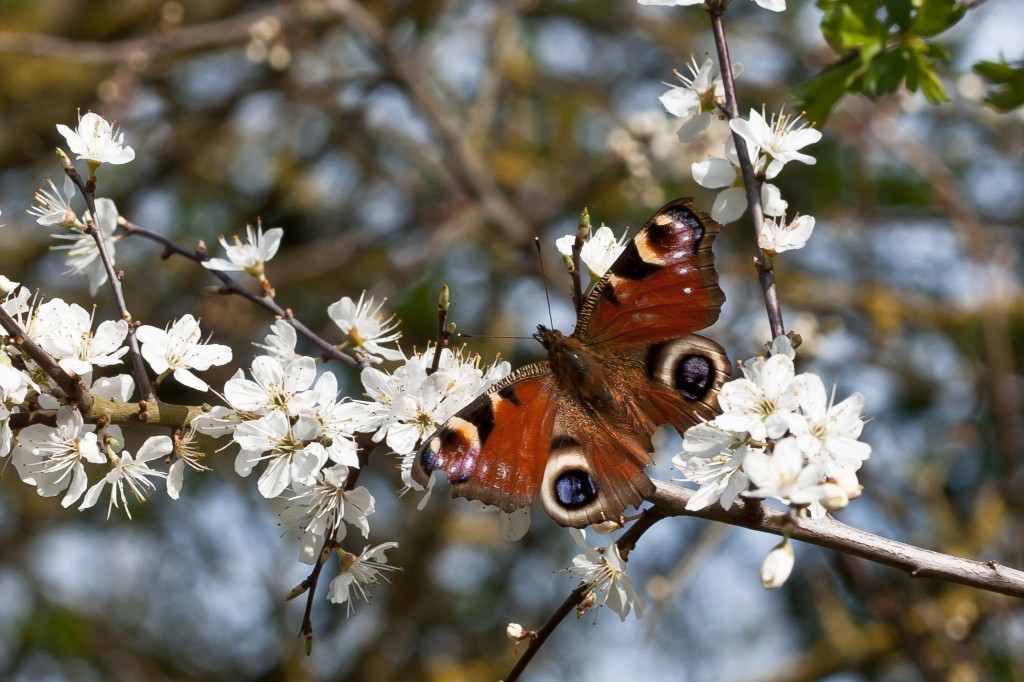One of the quotes by Ghandi that is often cited, particularly within the environmental and sustainability world is
‘Be the change you want to see in the world.’
To be honest it is probably the only quote I can remember reading that is ascribed to Ghandi. However, it highlights an issue that I see quite often.
I am now lucky enough to work as a Sustainability Manager, I hesitate to use the word professional as I am not sure what constitutes professional sustainability. But, I digress. Although I have only worked in this area for a couple of years, a couple of things soon became obvious. Firstly, almost everything in some way comes back to sustainability – most things are linked; travel, food, climate change, population – you name it and I can probably link it into sustainability somehow. Secondly, some of the issues seem to be so obvious that you wonder why they are an issue at all. Why isn’t everyone changing their behaviour to preserve the planet – if not for future generations then at least so I don’t have to suffer in my old age?
But then, and here is where I really want to rant, I look around me at colleagues in the sustainability arena. I see pictures of them on holiday in places where they could only get to by ‘plane. Apparently it is their only vice and they do everything else sustainably – BUT this outweighs all the other stuff and then some! Others get out their latest iPhone, would not even consider cutting down on meat, don’t care whether their food is Fair Trade or locally grown. I could, and often do go on. I recently made a comment when a colleague was talking about their upcoming cruise around the caribbean to the effect that I can no longer go on a ‘plane. They thought that I was afraid of flying (for the record I’m not) – and were gobsmacked when I said that I could no longer fly for ethical reasons.
I’m not saying I’m perfect, but I do try to reduce my environmental impact as much as possible and don’t ask others to do anything or give up anything that I wouldn’t do or give up.
After all, how can I tell people about climate change, try and convince them to adopt more climate friendly behaviours and then jump on a ‘plane to fly halfway across the world for a holiday? It would be like being an overweight, twenty a day doctor lecturing someone on their unhealthy lifestyle.


